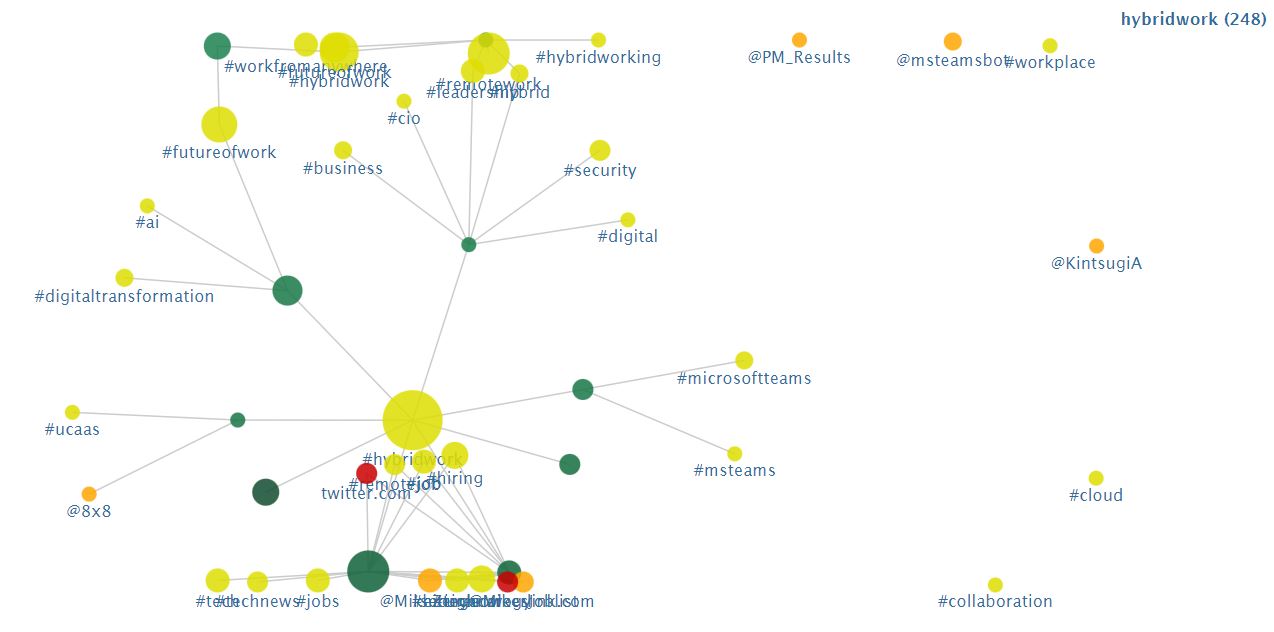Mining Public Opinion about Hybrid Working With RoBERTa
Keywords:
Hybrid work, NLP, Sentiment analysis, TwitterAbstract
As the businesses recover from the COVID-19 epidemic, a new working paradigm is emerging: the hybrid work arrangement. A hybrid work method is a working approach that enables workers to work from several places, such as at home, on the move, or in the workplace. People are expressing their opinions on different social media outlets about the new work model. Organizations and businesses value public views. Because public perspectives will allow decision-makers to adapt promptly to rapidly transforming cultural, commercial, and social environments. Opinion mining is traditionally used to summarize the quantity of positive and negative responses in a given text using sentiment analysis techniques. Opinionated material from social media sites is used to identify people's enthusiasm or displeasure with a certain issue under debate. This study analyzes the public sentiments (positive, negative, and neutral) on a hybrid work model using Twitter API and the Robustly Optimized BERT Pre-training Approach (RoBERTa). Out of 1 thousand tweets containing the term “hybrid work”, 37 (4.2%), 305 (33.3%), and 658 (62.5%) tweets were classified as negative, neutral, and positive, respectively. We also compared the public sentiments about hybrid work with those of remote work. The RoBERTa classified 8(1.6%), 436 (85.9 %), and 62 (12.5%) tweets as negative, neutral, and positive, respectively. The results showed that The majority of individuals showed favorable sentiment toward the hybrid work arrangement. The findings also demonstrate that “hybrid work” has an affinity with “remote work”, “ai”, “digital transformation” and “future of work”.

Downloads
Published
How to Cite
Issue
Section
License
Copyright (c) 2022 Author

This work is licensed under a Creative Commons Attribution-NonCommercial-NoDerivatives 4.0 International License.
Creative Commons licenses are used to publish Open Access articles, which provide the legal basis for users to access, distribute, and reuse the content. EQME allows authors to apply one of the following Creative Commons licenses to their work, each of which affords readers distinct rights in terms of commercial use and the capacity to create derivative versions:
CC-BY (Creative Commons Attribution License)
CC-BY-NC-ND (Creative Commons Non-Commercial No Derivatives License)
CC-BY-NC-SA (Creative Commons Non-Commercial Share-a-like)
In each situation, the creator must be given credit, and if derivative versions of the work are created, the alterations must be noted.






